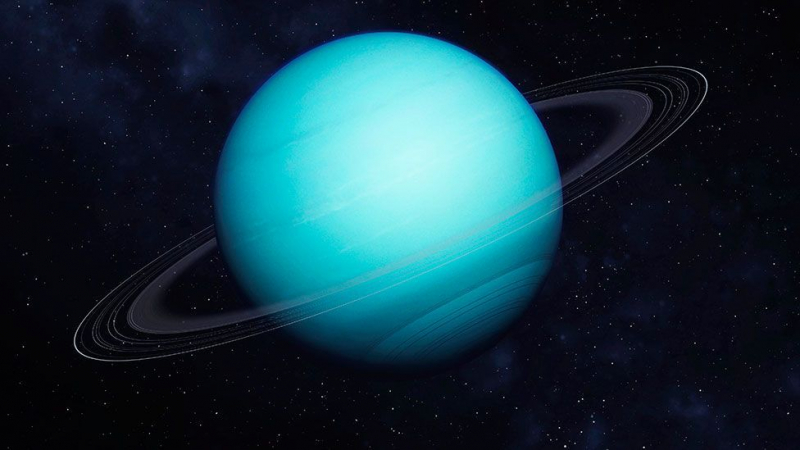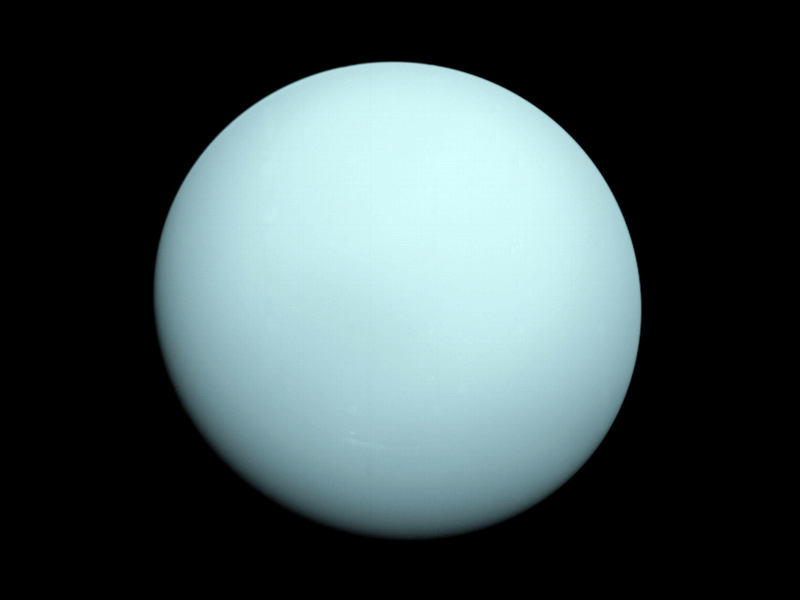Uranus

In 1986, Voyager 2 passed Uranus, but it didn't record anything noteworthy. It appeared to be a lifeless planet with no distinguishing characteristics or unique features—just another large frozen body discovered in the system's furthest limits.
But as we've learned over the years, Uranus may be the Solar System's most fascinating and enigmatic planet. To begin with, it is rotating sideways since its spinning axis is nearly perpendicular to its axis around the Sun. We don't know why that is, but some researchers hypothesize that it is because of its collision with a massive body in the early Solar System.
More enigmatically, Uranus' atmosphere is unlike that of any other planet in the Solar System that we have seen. Temperatures can drop as low as -370 degrees Fahrenheit in its lower, denser areas, and should ideally rise to roughly -100 degrees Fahrenheit in the upper levels. However, Voyager measurements from the 1980s show that Uranus's outermost atmosphere can reach temperatures of up to 1,300 degrees Fahrenheit.
Since then, this abrupt change has baffled physicists and astronomers alike. No part of Uranus should get anything close to that hot given its distance, and it is obvious that this is the result of an atmospheric event. We haven't seen this type of weather event anyplace else in the Solar System, so we have no idea what that is.











